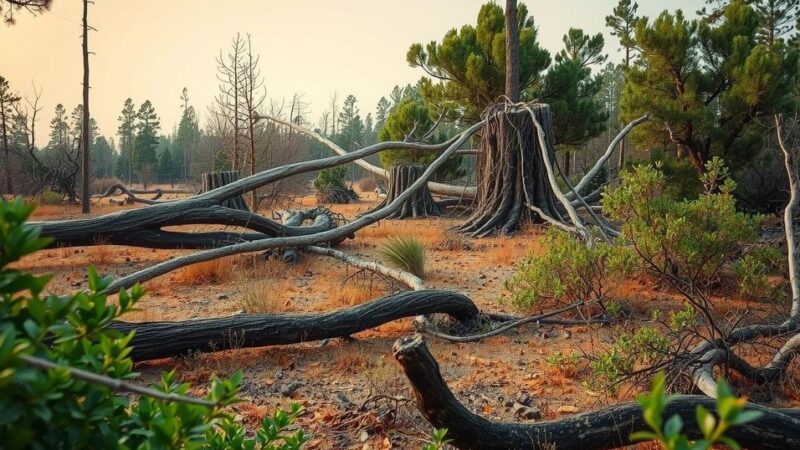Winter sports face significant challenges due to climate change, leading to reduced snow cover and shorter seasons. Artificial snowmaking offers a temporary solution but carries environmental costs. Elite athletes are advocating for serious climate action, highlighting a consensus on the negative impacts of climate change. Collective efforts are needed to adapt and secure the future of winter sports amidst these challenges.
Winter sports have long been integral to the Federation Internationale du Sport Universitaire (FISU), highlighting the remarkable capabilities of athletes and facilitating their progression in competitive sports. The FISU World University Games Winter has notably united international participants, celebrating their shared enthusiasm for snow and ice sports. Nonetheless, the escalating impacts of climate change threaten the sustainability of these winter sports.
The rise in global temperatures has notably reduced snow cover in prominent winter sports areas such as the Alps, Rockies, and Scandinavia. As reported by National Geographic, ski seasons in Europe have shortened significantly, with lower-altitude resorts grappling to preserve natural snow. The effects are even more pronounced in the Southern Hemisphere, where regions such as New Zealand and South America experience snowfall delays and shorter peak seasons. Additionally, the Environmental News Network indicates that these climatic changes disrupt winter sports tourism and training schedules in traditionally high-altitude regions.
Artificial snowmaking has presented itself as a temporary measure, extensively implemented during the Torino 2025 FISU Games in locations such as Bardonecchia and Pragelato. However, this reliance on artificial snow demands considerable environmental resources, including heightened water and energy usage. A recent study suggests that by 2050, only ten of the former Winter Olympic host cities may remain viable under current climatic conditions.
The concern regarding climate change’s impact on winter sports is further evidenced by the stance of elite athletes. In 2023, renowned skiers led by Austrian downhill racer Julian Schütter, who represents the climate advocacy group Protect Our Winters, appealed to the International Ski and Snowboard Federation (FIS) for immediate climate action. Their findings resonate with a significant study from the University of Waterloo, which revealed that 95% of surveyed elite winter athletes and coaches believe that climate change adversely affects their sports.
Despite the challenges posed by climate change, opportunities for innovation and adaptation exist. Technological advancements are enhancing snowmaking processes and producing climate-resilient ski equipment. The FIS and the International Olympic Committee (IOC) are also investigating sustainable practices to minimize the carbon footprint associated with winter sports events. Renewable energy-powered snowmaking systems represent a promising direction for reducing environmental harm.
To secure the future of winter sports, collective actions from athletes, governing bodies, and fans are imperative. The climate crisis threatens not only winter sports but also the communities and ecosystems dependent on these activities. As FISU prepares for the 2027 Winter Games, the determination of suitable locations and methods for these events presents a significant challenge.
To ensure the ongoing viability of winter sports in a warming climate, proactive and bold measures must be implemented to tackle the fundamental causes of climate change while simultaneously adopting innovative adaptation strategies. Prompt action is essential to preserve winter sports before the opportunity diminishes entirely.
The ongoing transformation of winter sports amid climate change presents pressing challenges and potential pathways for sustainability. With rising temperatures impacting snow cover globally, winter sports communities are confronted with disrupted seasons, training, and tourism. The reliance on artificial snowmaking has emerged, prompting questions regarding environmental consequences and the future viability of traditional winter sports locations. The collective actions of stakeholders across the sports community are required to address these complexities and embrace sustainable solutions going forward.
In summary, the future of winter sports is intricately tied to the effective mitigation of climate change impacts. The stark reduction of natural snow and the increased reliance on artificial snow present significant challenges, necessitating immediate action from all parties involved. Improved technology and innovative strategies can lead to a more sustainable approach to winter sports, yet a united effort is crucial to safeguard these beloved traditions against the relentless forces of climate change.
Original Source: www.fisu.net






